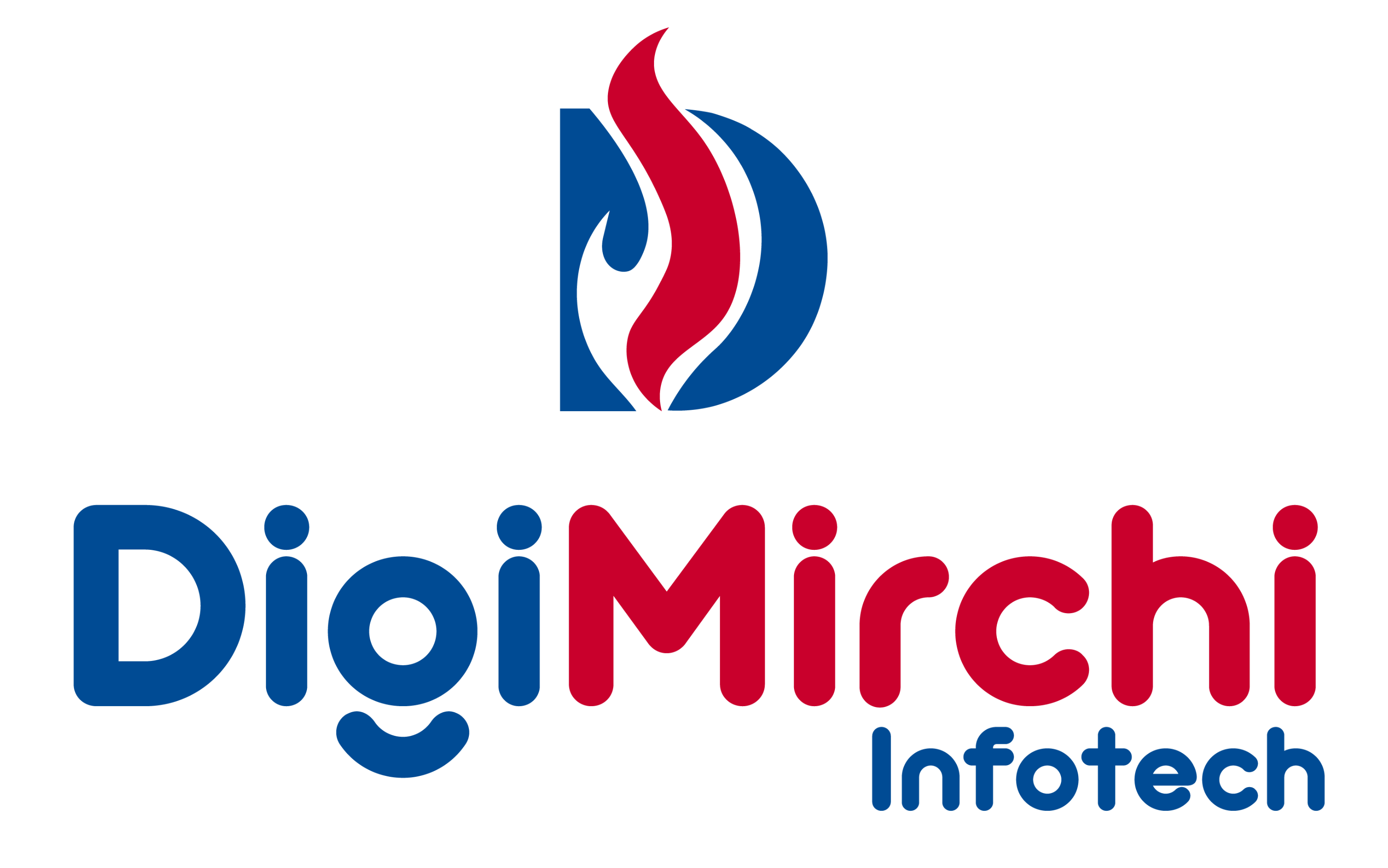Understanding Serverless Architecture
Serverless computing represents a paradigm shift in how we build and deploy applications. Despite the name, servers still exist, but cloud providers manage all infrastructure, allowing developers to focus purely on code. In 2025, serverless has evolved from an emerging technology to a mainstream architectural pattern powering applications across industries, from startups to Fortune 500 enterprises.
The serverless model eliminates infrastructure management overhead, automatically scales to match demand, and charges only for actual compute time used. This combination of operational simplicity, elastic scalability, and cost efficiency makes serverless an attractive option for modern application development, particularly for event-driven workloads and microservices architectures.
Cost Efficiency and Resource Optimization
Serverless computing dramatically reduces infrastructure costs through precise, consumption-based pricing. You pay only for actual execution time, measured in milliseconds, rather than provisioning and paying for servers that sit idle. For applications with variable or unpredictable traffic, serverless can reduce compute costs by 70-90% compared to traditional server-based approaches.
The automatic scaling capabilities eliminate over-provisioning waste. During low-traffic periods, you pay minimal costs; during traffic spikes, resources scale automatically without performance degradation. This perfect alignment between resource consumption and cost makes serverless economically attractive, especially for applications with sporadic or highly variable workloads.
Accelerated Development and Time-to-Market
Serverless abstracts infrastructure complexity, allowing developers to focus on business logic rather than server management. No need to configure operating systems, manage patches, or handle capacity planning. This abstraction accelerates development cycles, enabling teams to iterate faster and bring features to market more quickly.
The modular nature of serverless functions promotes microservices architecture and enables independent deployment of application components. Teams can develop, test, and deploy individual functions without coordinating large-scale releases. This independence reduces deployment risk and enables continuous delivery practices that keep businesses competitive and responsive to market changes.
Infinite Scalability and Performance
Serverless platforms provide automatic, near-instantaneous scaling to handle any workload. Whether processing ten requests per second or ten thousand, serverless functions scale to meet demand without manual intervention. This elasticity ensures consistent application performance during traffic spikes while eliminating the need for complex auto-scaling configurations.
For globally distributed applications, serverless functions can execute in edge locations close to users, minimizing latency and improving user experience. This geographical distribution happens automatically, providing global scale without the complexity of managing multi-region infrastructure deployments.
Enhanced Reliability and Resilience
Cloud providers ensure high availability and fault tolerance for serverless platforms, implementing redundancy and failover mechanisms automatically. Functions execute in isolated environments, preventing failures in one function from affecting others. This isolation combined with automatic retry capabilities creates inherently resilient applications.
Built-in monitoring and logging provide comprehensive visibility into function execution, errors, and performance. Integration with cloud-native observability tools enables proactive issue detection and rapid troubleshooting. The combination of platform reliability and operational visibility results in applications that maintain high uptime with minimal operational effort.
Ideal Use Cases for Serverless
Event-Driven Processing: Serverless excels at processing events like file uploads, database changes, or IoT sensor data. Functions trigger automatically in response to events, processing data without idle resource consumption. This pattern is perfect for data processing pipelines, real-time analytics, and automated workflows.
APIs and Microservices: Serverless provides an excellent foundation for building RESTful APIs and microservices. Each endpoint or service can be an independent function, enabling granular scaling and deployment. API Gateway integrations provide request routing, authentication, and rate limiting, creating production-ready APIs with minimal configuration.
Scheduled Tasks and Automation: Serverless functions are ideal for scheduled jobs like report generation, database backups, or data synchronization. Cron-like scheduling triggers functions at specified intervals without maintaining dedicated servers for periodic tasks.
Addressing Serverless Challenges
While serverless offers significant advantages, understanding its limitations ensures appropriate use. Cold start latency can affect functions that execute infrequently, though this challenge has diminished significantly with improved platform optimization and provisioned concurrency options. For latency-sensitive applications, consider cold start mitigation strategies or hybrid architectures.
Execution time limits restrict serverless suitability for long-running processes. Most platforms limit function execution to 15 minutes or less. For longer workflows, break processing into smaller functions or consider alternative compute options like containers for sustained processing needs.
Best Practices for Serverless Success
Design functions to be stateless and idempotent, ensuring they can execute independently without side effects from concurrent or repeated invocations. Use managed services for state persistence, session management, and inter-function communication. This stateless design maximizes scalability and reliability.
Implement comprehensive monitoring, logging, and distributed tracing to maintain visibility across serverless applications. Use cloud-native observability tools to track function performance, identify bottlenecks, and troubleshoot issues. Robust observability is essential for maintaining serverless applications at scale.
The Future of Application Development
Serverless computing continues evolving with enhanced capabilities, better developer experiences, and broader use case support. Container-based serverless options bridge traditional and serverless worlds. Enhanced language support and improved cold start performance expand serverless applicability. As the platform matures, serverless will become the default choice for new application development.
DigiMirchi Infotech helps organizations leverage serverless computing to build scalable, cost-efficient applications. Our cloud experts design serverless architectures, migrate existing applications, and implement best practices that maximize serverless benefits. Partner with us to harness serverless computing for your digital transformation journey.






